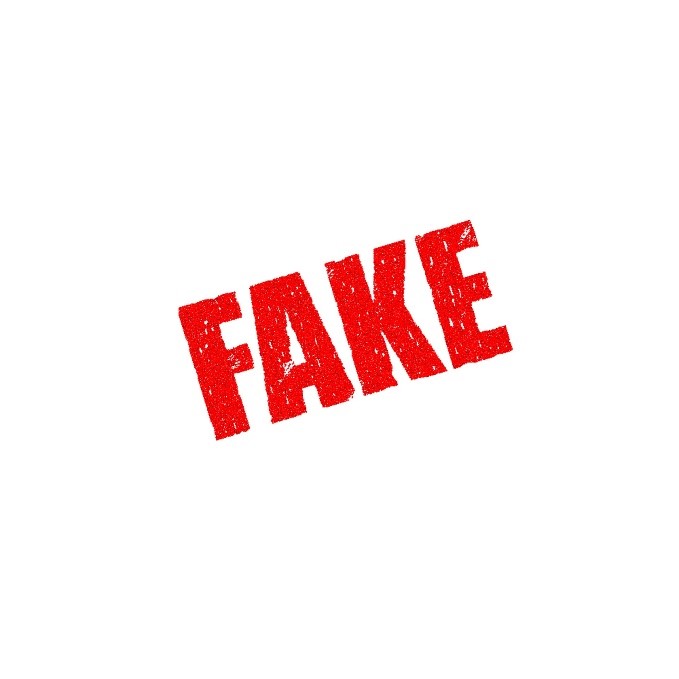 The fight against counterfeiting is an important issue for companies that must proactively protect their intellectual property rights. The financial consequences of counterfeiting can sometimes be significant for companies. In this respect, the European Union Intellectual Property Office (EUIPO) published on June 2019 its “2019 Status Report on IPR infringement” in which it is reported that “lost sales in 11 sectors in the EU (directly in the industries being analysed and across their associated supply chain), as a result of counterfeiting […] totalled more than €92 billion per year during the period 2012-2016“.
The fight against counterfeiting is an important issue for companies that must proactively protect their intellectual property rights. The financial consequences of counterfeiting can sometimes be significant for companies. In this respect, the European Union Intellectual Property Office (EUIPO) published on June 2019 its “2019 Status Report on IPR infringement” in which it is reported that “lost sales in 11 sectors in the EU (directly in the industries being analysed and across their associated supply chain), as a result of counterfeiting […] totalled more than €92 billion per year during the period 2012-2016“.
The French National Institute of Industrial Property (INPI) publishes in its website recommendations to be adopted in order to protect against counterfeiting, which you will find summarized below.
Thus, it is strongly recommended to “protect your creations” by filing industrial property rights such as trademarks, designs, patents or by using the specific provisions of copyright.
Besides, the INPI advises to “make counterfeiting more difficult” by using, for example, specific barcodes in order to distinguish counterfeits easier.
In addition, it is also possible to “communicate that you are protected” by adding information on your products such as “Registered trademark“, or symbols such as the “®” which means “registered”. In France, these terms and symbols have no legal value, but they can have a deterrent effect on counterfeiters.
It is also advisable to “inform the Customs” and to file an application for customs action. The Directorate General of Customs and Excise summarized this procedure in a document entitled “The application for customs action, a tool to fight counterfeiting” published on January 2019. It states that “customs may block goods suspected of infringing an intellectual property right for 10 working days (3 days for perishable goods)“. At the end of this 10-day period, the simplified destruction of the goods without the intervention of the judge can be requested. Legal actions may also be considered under certain conditions.
This procedure is quite effective. Indeed, the Directorate General of Customs and Excise indicated in the same document that “8.4 million counterfeit items were withdrawn from the market in 2017“.
Finally, the INPI recommends “monitoring competition“. Different practices can be put in place to achieve this goal. For example, it is possible to carry out a trademark watching in order to detect possible trademark applications that could infringe prior intellectual property rights and to oppose their registration, if necessary. It is also recommended to work on site monitoring its products to detect counterfeit products.
IPzen can help you manage your trademarks and support you in protection of your IP rights with its simple and intuitive platform! It offers full access to your entire trademark portfolio. In addition, you can instantly follow the progress of trademark proceedings and their status (oppositions, disputes).


